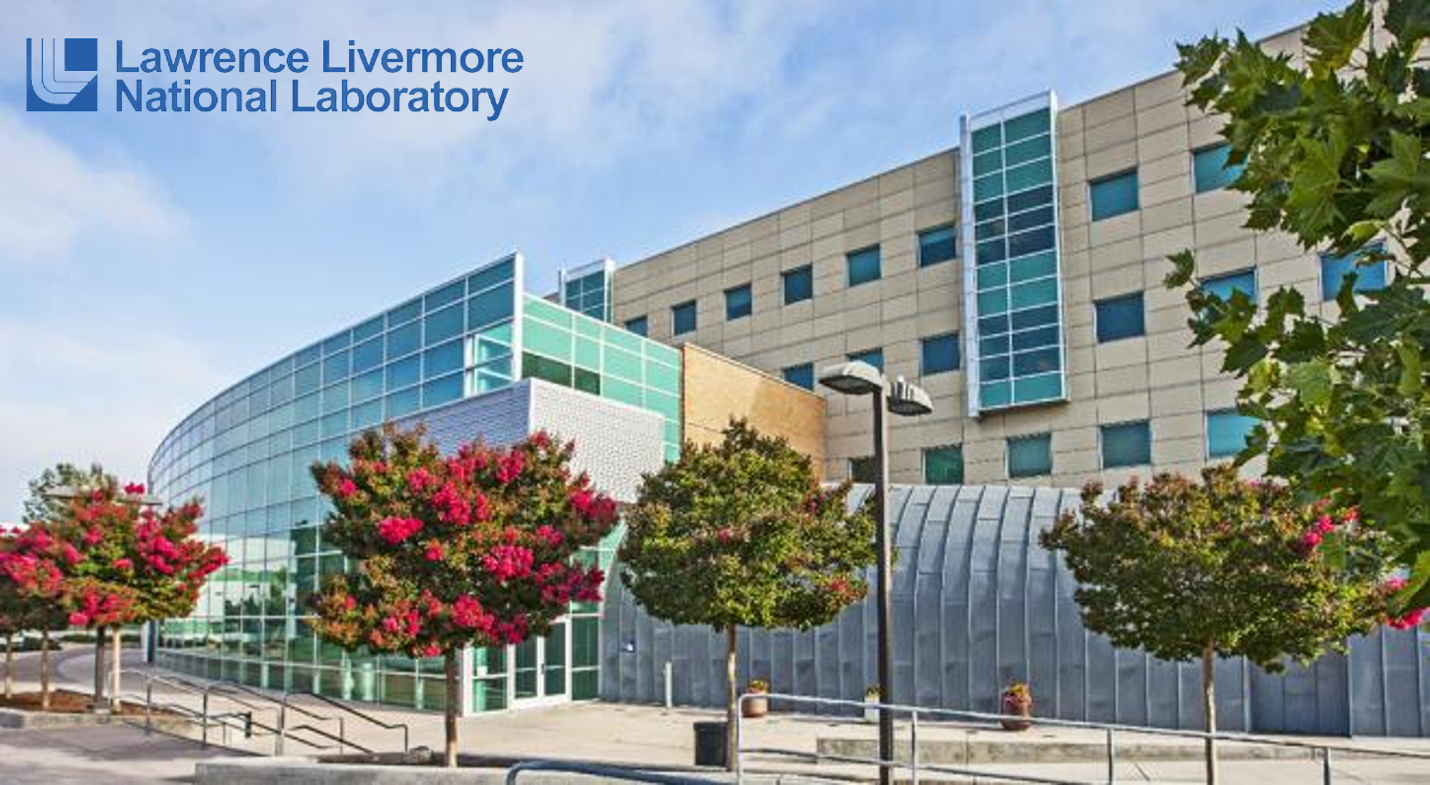
A Paradigm-Shifting Achievement
In a groundbreaking development at the Lawrence Livermore National Laboratory (LLNL) in California, scientists have achieved a historic milestone in the realm of nuclear fusion. For the first time, a fusion reaction has yielded a net gain of 1.5 megajoules, marking a significant leap forward in the pursuit of safe, clean, and virtually limitless energy.
The Experiment: Laser-Powered Fusion Ignition
The experiment, conducted in December, utilized the formidable capabilities of the National Ignition Facility (NIF), a laser facility about the size of three American football fields. With 192 powerful lasers, scientists heated and compressed a minuscule pellet of hydrogen atoms, triggering a fusion reaction that resulted in the creation of helium and the release of excess energy. The star-like conditions of fusion ignition were successfully replicated in a controlled laboratory setting.
The Significance: A Potential Game-Changer
This achievement holds immense promise for the future of energy. Nuclear fusion, mimicking the process that powers the sun, has long been hailed as a potential source of abundant, carbon-free power without the drawbacks of nuclear meltdown or radioactive waste. The breakthrough at LLNL offers invaluable insights into the feasibility of clean fusion energy, setting the stage for transformative advancements in the energy landscape.
The Quest for Fusion Ignition: Decades of Dedication
The LLNL team, led by Director Kim Budil, has dedicated decades to the quest for fusion ignition. Building on the pioneering work of John Nuckolls, a founder of inertial confinement fusion, the team has navigated the complex challenges of achieving fusion under extreme conditions. The NIF, standing as the world’s most energetic laser system, played a pivotal role in realizing this historic feat.
The Laser Facility: A Marvel of Technology
The National Ignition Facility, standing at 10 stories tall, is a marvel of technology. Capable of delivering over two megajoules of laser energy to the target chamber, it provided the necessary conditions for the fusion experiment. The target, a hollow sphere filled with deuterium and tritium, demonstrated that even substances the size of a peppercorn could hold the key to unlocking the potential of nuclear fusion.
Global Pursuit of Fusion Energy: A Collaborative Race
While LLNL celebrates its success, several other projects worldwide are also racing to achieve fusion energy. Different approaches, such as magnetic confinement fusion, are being explored. The International Thermonuclear Experimental Reactor (ITER) in France, a multinational collaboration, represents one of the most ambitious projects aiming to demonstrate the feasibility of large-scale fusion power.
The Road Ahead: Challenges and Possibilities
The race is on to make fusion energy a reality, and LLNL aims to achieve consistent and sustained ignition by the mid-2020s. The vision extends beyond breakthroughs to the development of a prototype fusion reactor capable of generating electricity. Despite acknowledging the challenges ahead, lead scientist Tammy Ma emphasizes the immense potential for clean, abundant, and affordable energy, making the pursuit undeniably worthwhile.
Fusion Energy on the Horizon
As humanity stands at the threshold of harnessing the power of nuclear fusion, the LLNL breakthrough serves as a beacon of hope. The dream of clean, limitless energy draws nearer, and with collaborative efforts worldwide, fusion energy may soon cease to be a scientific challenge and become a reality that reshapes the future of global energy production. The fusion era has dawned, offering a brighter and more sustainable path forward.





